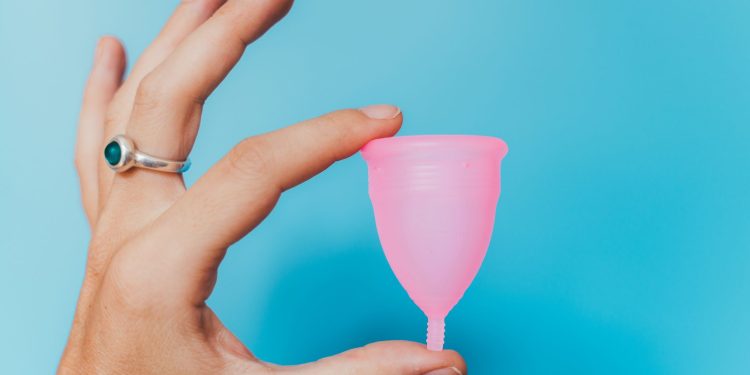Menstrual cups are those devices which collect the menstrual fluid safely in silicon or soft plastic cups instead of absorbing it like tampons and pads. Menstrual cups share potential risks as well, but don’t panic, we are here to guide you with the best safety tips to use menstrual cups comfortably. With perfect use it’s a feasible tool during periods. This article guides you with potential risks related to menstrual cups along with best safety guidelines for your cups. Don’t go anywhere else!
What are menstrual cups and are they risky?
Menstrual cups are flexible, reusable, small and comfortable receptacles that can be inserted inside the vaginal wall to catch menstrual blood by acting as the best alternative for sanitary pads, tampons and period underwear during the menstruation period. Menstrual cups are made up of rubber, silicon and TPE plastic and are available online in various forms and sizes. This ultimately allows cups to be re-washed and reused.
Mostly, menstrual cups are not risky if people follow the guidelines pronounced by the manufacturers. A review of 45 studies in Lancet about the safety of menstrual cups involving large fractions of participants, the review concluded as the safe way of managing periods. Still, there is no evidence about the dangerous aspect of menstrual cups.
What are the potential risks of using menstrual cups?
Even though people use menstrual cups without experiencing any risk, there are some potential risks which need proper safety measures. Don’t go anywhere; this article will definitely help you about finding potential risks about menstrual cups along with safety tips to avoid these risks. More likely you will experience minor irritation because of sizing and not lubricating the cup before insertion. Here are some potential risks of menstrual cups.
- Irritation
- Leakage
- Pain and minor internal injuries
- Urinary issues
- Allergic reactions in some cases
- IUD (dislodging an intrauterine device)
- Various infections
- Toxic shock syndrome (TSS)
Safety tips to overcome potential risks
To avoid potential risks and danger of wearing menstrual cups during menstruation, you must need the best safety tips for your cup for comfortable use and not letting any complication with your cup. So here we will provide you with all those best tips which you frequently and subsequently need, so stay tuned. Don’t you think it’s quite ambiguous! If we have no idea about its danger and safety tips while we are using menstrual cups. So to avoid ambiguity we will better guide you, here are some best safety tips.
Before using the cup take the following safety tips in practise.
Selection of cup
Find a cup that fits well and neither too hard or soft; the texture and sizing must be proper. If the size is not as per your convenience, it may cause irritation, infection and allergy.
Proper insertion and sterilization
- Before use, sterilize the cup by putting it in a boiling water pan for 10 minutes and also not let it settle down in pan.
- In case, boiling clean water is not there, sterilization tablets are the best alternatives to ensure cleanliness.
- You have to wash your hands completely with soap before and after putting cups inside vaginal openings.
- For secure insertion, select the best proper sitting condition which suits you well and then apply the best folding technique after learning them (s-fold, 7-fold etc.).
- Lubricate the cup with water or water-based lubricant before insertion.
- Fold the cup and by maintaining its shape, put it inside the vaginal opening.
- Once the cup is inside the vagina, it makes a proper seal with the wall of vagina by opening inside, a person can test it by pressing her fingers at the edges.
Removing and emptying
It is very important to wear menstrual cups for only 8-12 hours, not more than that even if the cup is not fully filled. It’s crucial to empty the cup and then wash it properly before reinserting.
For careful removal of the cup, emptying and rinsing it before reinsertion, you must follow the following guidelines which we have provided below.
For safe removing of menstrual cup:
- Wash your hands properly with soap and clean water
- Carefully insert your fingers into the vagina and pull the stem of menstrual cup gently
- As the bottom of the cup is in your reach, pinch the cup to ultimately break its seal
- When the seal gets broken empty it into a sink or toilet and then wash it properly before reinsertion
After completion of the periodic cycle, everyone must sterilize the menstrual cup and put it in a safe container for use during the next period; one should not have to share her menstrual cups with others.
To avoid infections, allergies, irritations and TSS syndrome, you have to consider all these safety tips for best use of your menstrual cups, as the benefits of menstrual cups masks and dominate over other internal devices like tampons.
























